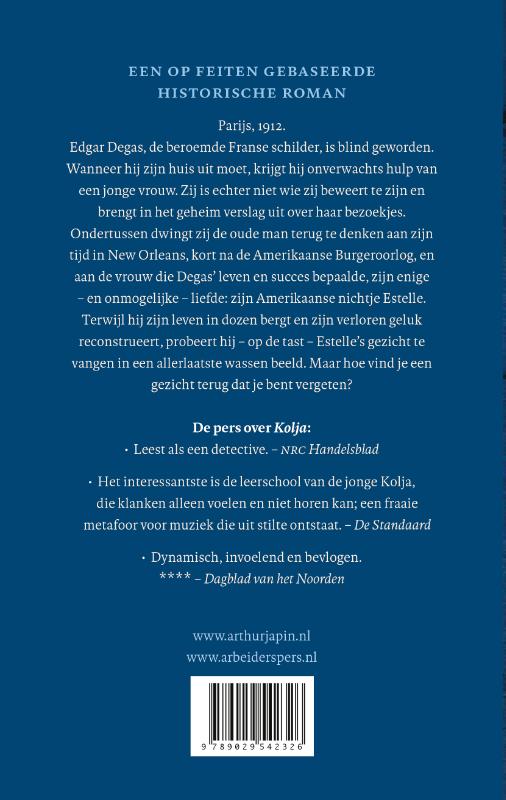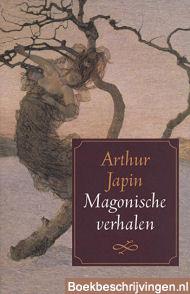
Degas fits nicely into this series, in which the author interweaves page turning entertainment with his views on art. He explored similar territory in The Two Hearts of Kwasi Boachi and In Lucia’s Eyes – about the life of Casanova – as well as in Vaslav (about Nijinsky) and Kolya (about the Tchaikovsky brothers). Japin has a clear preference for the turmoil and drama that characterize the latter, along with the exotic setting. Japin alternates between the story of the artist in his Paris circle and his sojourn in the US. Years earlier, this same Estelle, newly widowed, had fled the American Civil War to move into her painter cousin’s Paris apartment. During a visit to his family in New Orleans, where his brother René – Estelle’s husband – ran a business, Degas painted a portrait of her arranging flowers.
/s3/static.nrc.nl/bvhw/files/2020/10/web-0910culdegasselfportraitdetail.jpg)
It’s the intriguing story of the only – and impossible – love of the painter’s life: his blind Creole cousin, Estelle. Her cryptic reports of her visits, and her feverish research in what appears to be an attempt to shed light on a painful episode from Degas’ past, form the framework for Japin’s masterful reconstruction – hovering somewhere between fact and fiction.

It turns out that she plays a special role in his family history. The night before he is forced to move out of the house that holds a lifetime’s worth of paintings, papers and documents, a young American woman shows up at his door offering to help him organize his archives. Degas, the painter, is a grumpy old man, by now virtually blind. And as a reader, too, you get to slip under the French painter’s skin and be swept up in a story that will be etched into your mind as indelibly as Degas’ pictures of ballerinas and melancholy absinthe drinkers. I keep those facts intact, but I want to know how things felt.’ says Japin. ‘I’m interested in the emotional story, the layer beneath the facts.

It refers to Degas’ blank canvas, waiting for the first black line, but it’s also an allusion to Japin’s task as a writer.

That’s the opening sentence of this compelling novel. There’s an empty white page and it needs to be filled.


 0 kommentar(er)
0 kommentar(er)
